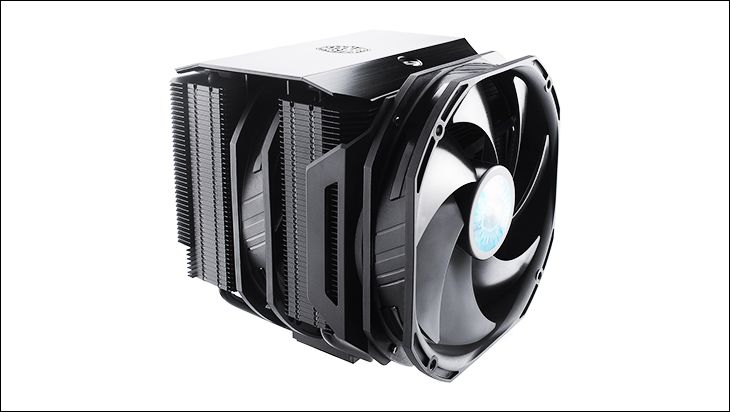Considering this is a ‘wall socket’ range extender we must admit to being surprised at how large the shipping container is. This of course is because the DAP-1860 is a rather large R.E. but on the positive side D-Link did not cut any corners on the packaging. Inside this brightly colored box you will find the DAP-1860 nestled inside a custom cardboard box that will protect it from life’s bumps and bruises.
Let’s get this out of the way first. This is a big range extender. It is so big that it is almost too big to be a wall socket model. Also there is no pass through power plug so yes it is going to take up a wall socket plug all by itself. Yes we have had older models from some manufactures that do the whole pass through power socket so that you can still us the plug to power a second device. We actually prefer the fact that the DAP-1860 does not have this ‘feature’ and consider it a good thing. This is because it not only simplifies the internal construction but also reduces that chances of plugs and wires causing signal interference -something that did happen on a routine basis with range extenders that had this feature. In other words simpler is usually better.
As for its size, it is big but not nearly as big as some ‘router’ style range extenders that are nothing more than a router chassis with cut-down firmware and hardware. This bad boy is also big because it is using high end internals and needs the room for cooling. Once again it is big… but not so big as to cause and real world issues.
Also on the positive side, the DAP-1860’s chassis is big… but not because they went with internal antennas. Instead this uses external antennas. Four of them to be precise as it is a 4×4 range extender and not the typical 3×3 most are configured as. This alone makes the DAP-1860 rather unique as its performance abilities really do rival that of high end routers. In fact compared the recently reviewed D-LINK DIR-880 the DAP-1860 is better and offers higher throughput performance.
Equally important is even though this model is mainly meant to be used as a range extender it does come with a Gigabit Ethernet port and can easily be used as a wireless bridge… giving AC2600 wireless abilities to a system that is otherwise unable to wirelessly connect to your router! What this means is you can indeed use it as a ‘external wireless NIC’ instead of getting a second 4×4 AC2600 router and going down that route… that most of us have done to get bleeding edge performance.
Also nice to see is that there is a physical on/off switch on the top instead of the usual push-button configurations that most come with. This is a nice bonus though the other real standout feature of the DAP-1860 is the integrated signal strength status LED bar on the front. This is such a nifty feature as you do not have to waste all that much time finding the optimal location for it to extend the range of your existing wireless network. Simply plug it in, wait for it to connect and then tell you what kind of signal connection it is getting. If it is too low for your liking… move it and try again. No need for software or even connecting to the DAP-1860 to find this critical piece of information out during the setup stage. This alone will save you a lot of time as you find the best location to emplace it.
That is the positives of this unit. On the downside is that while the DAP-1860 does indeed use external antennas their range of movement is limited to say the least. This is unfortunate as we would have preferred to have seen more movement to further optimize signal strength. On the positive side it is still decent and should not cause too much issues on this front. We would have also liked the DAP-1860 to have come with more than one Ethernet port. There is obviously enough room for more than one, but by opting for a single Ethernet controller IC instead of a dual or quad they did handicap this device in this regards. One 10/100/1000 port is standard for range extenders so while it is decent it is a missed opportunity to have made the DAP-1860 really stand out. Plus the cost differences between a single and dual Ethernet controller IC… is minuscule at the wholesale level.
The other minor issue is when we did open this unit up we were shocked to see this:
Instead of using a proper length pin connector D-Link simply stacked three standard length ones on top of each other. We are unsure exactly why D-Link has done this, and while it will not cause any issues, it still is not the way things are ‘supposed’ to be done.
Internally the large heatsink and large air gap between it and the front half of the unit should allow more than enough passive cooling via the numerous ventilation slits. Though once again we would have liked to have seen D-Link full utilize the large plastic chassis more optimal and used an even bigger heatsink. In testing it never did overheat so they obviously have used a large enough heatsink… but it does seem as if the chassis design team and the internal component design team did not exactly talk all that much.
Overall on the design end of things D-Link did get more right than they got wrong… but some of the missteps are a big puzzling to say the least. Hopefully this unit has high enough performance to make us forget all about them… so let’s get on with installing it do we can see what it is made of!



















